Foods Rich In Folic Acid: 25 Best Natural Sources
A diet including these foods ensures that your body gets its daily dose of this vital nutrient.
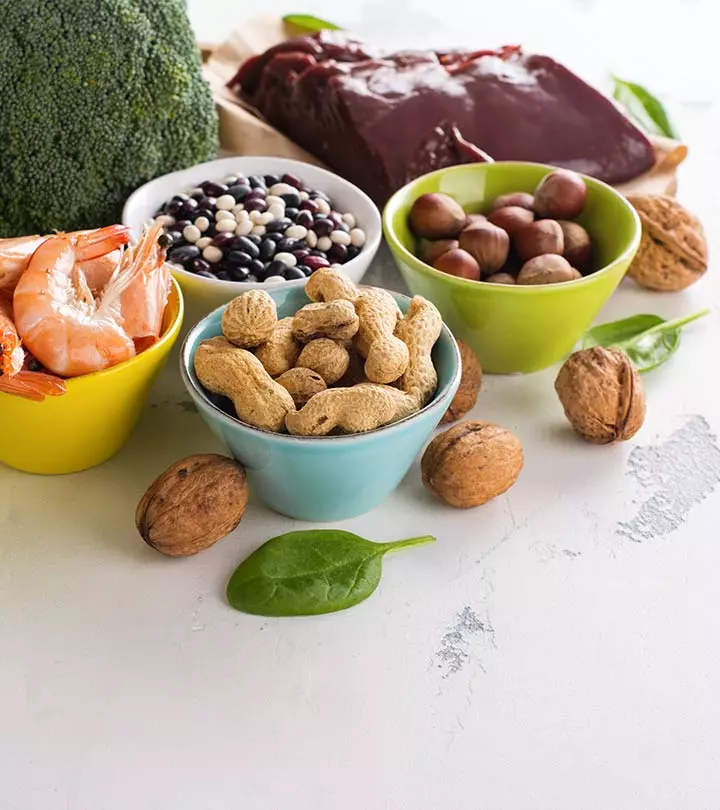
Image: ShutterStock
All of us want sound health. Of course, the right foods and adequate sleep and exercise play a major role in keeping us healthy.
But have you ever considered foods rich in folic acid? Folic acid is one of the major nutrients that play a vital role in bodily functions.
Unfortunately, it doesn’t get much attention, and many are unaware of its health benefits.
Learn more about folic acid, why it is important, and the foods rich in this nutrient. Continue reading.
 Trivia
TriviaIn This Article
Top 25 Foods Rich In Folic Acid
Folate – A Brief
Most of us would have probably heard of folate a number of times. But what is it? What has it got to do with our being healthy?
Folate is a water-soluble B vitamin. It is naturally present in some foods, added to certain others, and also available in the form of supplements. This vitamin is vital for cell growth and metabolism (1).
Now, the vital question – we can consume folic acid through supplements, right? Why rely on natural foods? Both are the same anyway, aren’t they? Aren’t foods high in folate and foods with folic acid the same? Before I answer this question, there is something else you must know.

Folate Vs Folic Acid
We have seen what folate is. But what about folic acid? Well, both are one and the same – except for a distinct difference.
Folate and folic acid are the different forms of vitamin B9. Only that folate is the natural form of vitamin B9. Folic acid, on the other hand, is the synthetic form of vitamin B9. It is used in supplements and added to certain food products like breakfast cereals or flour.
The digestive system converts folate into the biologically active form of vitamin B9, called 5-MTHF. But this is not the case with folic acid. Folic acid is converted into 5-MTHF in the liver or other tissues, and not in the digestive system (2). Which is partially why the process is not as efficient. Other factors include those who have genetic mutations in the enzyme that converts folic acid to 5-MTHF, which results in reduced activity of this enzyme and conversion process. Hence, when you take a folic acid supplement, the body may take more time to convert it into 5-MTHF, allowing the unmetabolized, folic acid to accumulate (3).
This is where the actual problem arises. Even a small dose of 200 mcg of folic acid a day may not get completely metabolized until the next dose. This can result in higher levels of unmetabolized folic acid in the bloodstream, which can cause a variety of symptoms and side-effects in some individuals such as depression, anxiety, irritability, insomnia, and sleep disturbances.
This is where we answer the question we asked before. When it is folate (naturally occurring), there is no question of it going unmetabolized. Of course, it’s natural. It is metabolized in the digestive system. Hence, no complications.
 Trivia
TriviaNow that we have seen which form of folate is better, let’s take a look at the best folic acid rich foods. It’s important to note that when we discuss “folic acid” from natural food sources, the form of vitamin B9 is typically methyl-folate or folinic acid (calcium folinate), another natural form of folate. Read on to know what foods have folic acid and how they are good for your health.
25 Foods High in Folic Acid
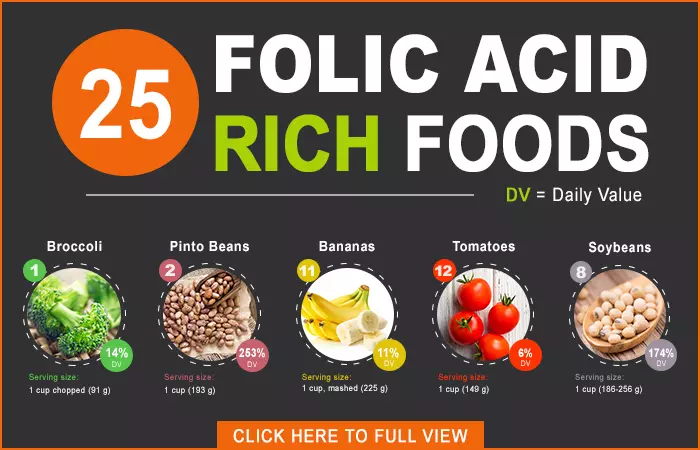
1. Broccoli
Serving size – 1 cup chopped (91 g)
A single serving of broccoli contains 57.3 mcg of folate, making it one of the best folate-rich foods you can include in your diet. This meets 14% of the daily value of the vitamin. Apart from this, broccoli is also rich in vitamins A and K.
Vitamin A is vital for maintaining skin and teeth health. It also plays a role in producing pigments in the retina of the eye. Broccoli contains carotenoids that act as antioxidants (4). Vitamin K helps prevent osteoporosisi A bone disorder that arises when bone composition or structure alters or bone mass and bone mineral density decline. and inflammation (5).
2. Pinto Beans
Serving size – 1 cup (193 g)
One serving of pinto beans contains a whopping 1,013 mcg of folate. It has 670 calories, but negligible saturated fat.
Pinto beans are also rich in potassium. According to a study conducted by Purdue University, USA, optimum potassium consumption is linked to decreased risk of stroke (6).
3. Seeds And Nuts
Serving size for flaxseeds – 1 cup, whole (168 g)
Serving size for sunflower seeds – 1 cup, with hulls (46 g)
Serving size for almonds – 1 cup, ground (95 g)
Seeds like flaxseeds (146 mcg per serving) and sunflower seeds (104 mcg per serving), or nuts like almonds (48 mcg per serving) are rich in folate. You can simply consume these raw or add them to your salad for a healthy dose of folate.
Flaxseeds are also rich in manganese and other vitamins, all of which support your immune and nervous systems, bones, and several other bodily processes (7).
Sunflower seeds and almonds are also rich in vitamin E that promotes healthy skin and eyes (8).
4. Asparagus
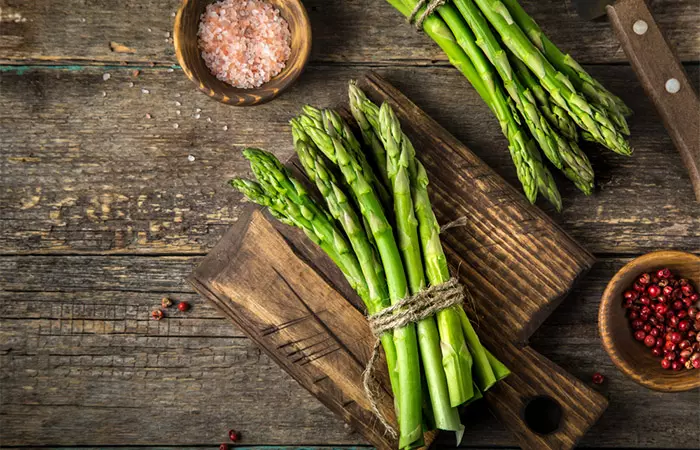
Serving size – 1 cup (134 g)
A single serving of asparagus contains about 70 mcg of folate. It contains just 27 calories, though a large portion of these calories comes from sugars.
Asparagus also is an excellent source of iron and riboflavin. Iron is required to produce hemoglobin, an essential part of the blood cells that sustain life (9). Riboflavin plays a major role in folate metabolism (10).
5. Yeast Extract Spread
Serving size – 1 tsp (6 g)
One serving of yeast extract spread has 60.6 mcg of folate. Though high in sodium, it contains just about 9 calories. You can use it with toast, crackers, or even sandwiches. Use just a little of the spread as it has a strong taste.
Another major compound the yeast extract spread contains is niacin, which, according to an American study, has shown to lower the levels of bad cholesterol (11).
6. Liver
Serving size – 28 g
If you are a non-vegetarian, this could be great news for you. Both beef liver (81.2 mcg per serving) and chicken liver (165 mcg per serving) contain good amounts of folate.
They are also are excellent sources of selenium, which has been found to prevent various types of cancer and muscle and heart disorders (12). But one thing has to be kept in mind – eat liver in moderation as it also contains trans fat and cholesterol.
7. Herbs
Serving size for rosemary – 1 tbsp (2 g)
Serving size for basil – 2 tbsp, chopped (5 g)
Certain herbs like rosemary and basil are good sources of folate. One serving of rosemary and basil provides 1.6 mcg and 3.6 mcg of folate respectively.
A study conducted in Jammu and Kashmir, India, states the efficacy of herbs, especially basil, in treating hypertensioni High blood pressure; blood pressure over 140/90 that indicates the blood is exerting too much force on the artery walls. (13).
8. Avocados
Serving size – 1 cup, cubes (150 g)
Who wouldn’t love to binge on an avocado! A single serving of the fruit offers about 122 mcg of folate. Additionally, avocados are also rich in vitamin C that displays cardioprotective properties in smokers and obese or overweight individuals (14). Also, the phytochemicals in avocados pack a powerful punch.
9. Soybeans
Serving size – 1 cup (186-256 g)
Mature soybean seeds contain 697 mcg of folate while green soybeans 422 mcg of folate per serving. They are high in calories – one serving of soybeans contains 376 calories.
Soybeans are also an excellent source of protein. As per a study conducted by the University of South Carolina, soybean protein reduces the concentrations of bad cholesterol (15). It also positively influences the bone and calcium balance in postmenopausal women.
10. Arugula
Serving size – 1 leaf (2 g)
One serving of arugula contains 1.9 mcg of folate. This food is extremely low in saturated fat and cholesterol. Being a good source of calcium, iron, magnesium, manganese, and potassium, it is replete with numerous benefits.
11. Black-Eyed Peas
Serving size – 1 cup (172 g)
One serving of black-eyed peas contains about 358 mcg of folate. In addition, the food is also low in cholesterol, saturated fat, and sodium.
12. Bananas
Serving size – 1 cup, mashed (225 g)
A serving of banana contains 45 mcg of folate, which is 11% of the daily value of the vitamin. Bananas are also rich sources of vitamin B6, which helps the body prepare antibodies to fight numerous diseases (16). The vitamin also helps maintain normal nerve function and keeps the blood sugar within normal limits.
13. Tomatoes
Serving size – 1 cup (149 g)
One serving of tomatoes contains about 22 mcg of folate. Tomatoes are also low in saturated fat, sodium, and cholesterol. They are excellent sources of carotenoids, like beta-carotene and lycopene, which exhibit antioxidant and antitumor properties (17).
14. Chilli Powder
Serving size – 1 tbsp (8 g)
For us Indians, our food probably is incomplete without a dash of chilli powder. Which is good in a way, as one tablespoon of chilli powder contains 7.5 mcg of folate. Chili boosts metabolism, digestive function, and may reduce the risk of metabolic syndromes like diabetes, hypertensioni High blood pressure; blood pressure over 140/90 that indicates the blood is exerting too much force on the artery walls. , and stroke (18).
15. Papaya
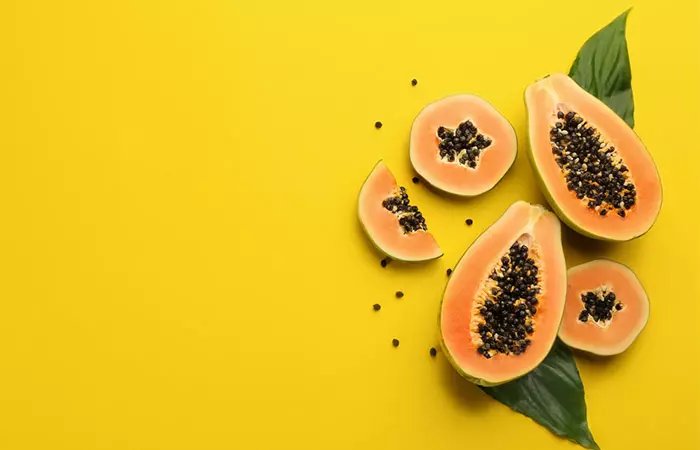
Serving size – 1 cup, cubes (140 g)
A single serving of papaya contains about 53 mcg of folate. It also is a very good source of vitamins A and C. The fruit is used to treat and prevent gastrointestinal tract disorders and intestinal infections (19).
16. Citrus Fruits
Serving size for oranges – 1 cup (180 g)
Serving size for strawberries – 1 cup (152 g)
Serving size for grapefruit – 1 cup, with juice (230 g)
Our mothers and grandmothers have only sung praises of citrus fruits right from our childhood. Of course, there was a very good reason for that. Citrus fruits, like oranges (54 mcg per serving), strawberries (36.5 mcg per serving), and grapefruit (29.9 mcg per serving), contain good amounts of folate. These are high in folic acid fruits.
As per a Chinese study, citrus fruits work great for the heart, brain, and liver health (20). They also exhibit anti-inflammatory and antioxidant properties that allow one to enjoy the best of health.
17. Dark Green Leafy Vegetables
Serving size for spinach – 1 cup (30 g)
Serving size for kale – 1 cup, chopped (67 g)
Green vegetables are considered one of the best foods with folic acid. There is no way we wouldn’t have heard of the importance of dark green leafy vegetables in our diet. They are basic for health – irrespective of where or how we live.
Dark greens, especially spinach and kale, have good amounts of folic acid. A serving of spinach contains 58.2 mcg of folate, and a serving of kale has about 19 mcg of folate.
Apart from folate content, dark greens are beneficial in numerous other ways. to According to a study, one must have half of the plate filled with fruits and vegetables, with dark greens playing a dominant role. Dark greens are rich in carotenoids and various other compounds that offer great health and vitality (21).
18. Fortified Cereals
Serving size – 1 packet (28 g)
Fortified cereals are becoming popular by the day. A single serving of fortified cereals contains 80.1 mcg of folate. And as per an American study, fortified cereals play a major role in reducing nutrient deficiency (22).
19. Lentils
Serving size – 1 cup (192 g)
One of the excellent sources of folic acid, a single serving of lentils contains a whopping 920 mcg of the vitamin. Lentils are also rich in potassium that helps maintain healthy blood pressure levels (23). They are a good source of protein too, and you can consider them if you are a vegetarian and can’t rely on meat or poultry (24).
20. Okra
Serving size – 1 cup (100 g)
One serving of okra contains 88 mcg of folate. In addition, okra comes with numerous other benefits. It is rich in fiber, vitamin C, and is a good source of potassium and calcium (25). It is extremely rich in antioxidants that promote overall health and well-being. Okra can also be used as a good source of protein (26).
21. Brussels Sprouts
Serving size – 1 cup (88 g)
Though not very appetizing in terms of taste, Brussels sprouts are rich in folate. One serving of Brussels sprouts contains 53.7 mcg of the vitamin. There are other ways Brussels sprouts can benefit you. They are rich sources of other vitamins, minerals, and fiber and support your immune system, boost bone health, etc. In fact, after kale and spinach, Brussels sprouts contain the highest amount of antioxidants (27).
22. Cauliflower
Serving size – 1 cup (100 g)
A serving of cauliflower offers you 57 mcg of folate, which accounts for 14% of your daily value. Cauliflowers are nutrient-dense and have been found to prevent serious diseases like cancer (28).
23. Beets
Serving size – 1 cup (136 g)
One serving of beets contains 148 mcg of folate. Beets have also been found to reduce blood pressure, prevent oxidative stressi A condition caused by an imbalance between the creation and buildup of oxygen radicals in cells and the ability to detoxify them. , and treat inflammation (29).
24. Corn
Serving size – 1 cup (166 g)
One of our favorite snacks, isn’t it? A serving of this vegetable contains about 32 mcg of folate. Corn is also rich in manganese, magnesium, phosphorous, copper, and zinc – all of which offer various health benefits (30), (31), (32), (33).
25. Carrots
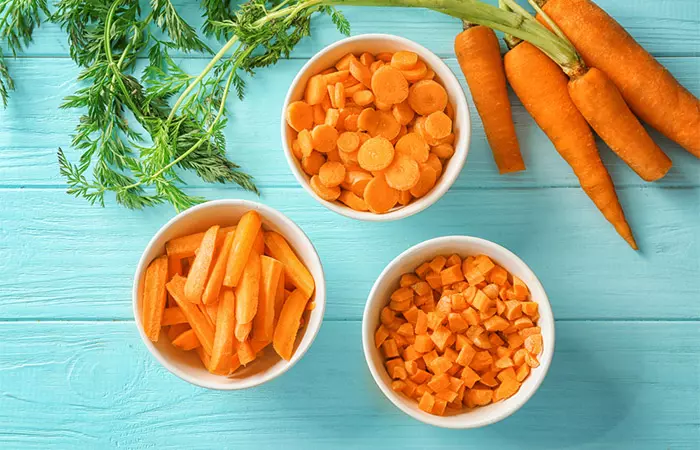
Serving size – 1 cup, chopped (128 g)
A single serving of carrots contains 24.3 mcg of folate. Being a popular vegetable, it can be included in most vegetable and rice preparations. Carrots are also a rich source of beta-carotene, fiber, and several other micronutrients (34).
These are the foods rich in folate. They are natural, inexpensive, and the best part – they come with other benefits as well that help you stay in the best of your health.
Now comes another important question. Are you getting enough of folate? Because there is a difference between just knowing about folate foods and actually enjoying its benefits, right?
Key Takeaways
- Folic acid is an essential B vitamin that promotes cell growth, body metabolism, and RBC formation.
- Folic acid supplements contain synthetic vitamin B9. The digestive system metabolizes it into its biologically active form through a slow process.
- Legumes, seeds, nuts, leafy vegetables, and fortified cereals have folate content, which is easy for our digestive system to assimilate.
- The average amount of folic acid in your daily diet is 400 grams, while pregnant women should consume more.
Are You Getting Enough Of Folate?
Getting the optimum amount of folate on a regular basis is not rocket science. A balanced diet would help you do so. Simple.
Following is the table that talks about the recommended daily amount of folate as per the age.
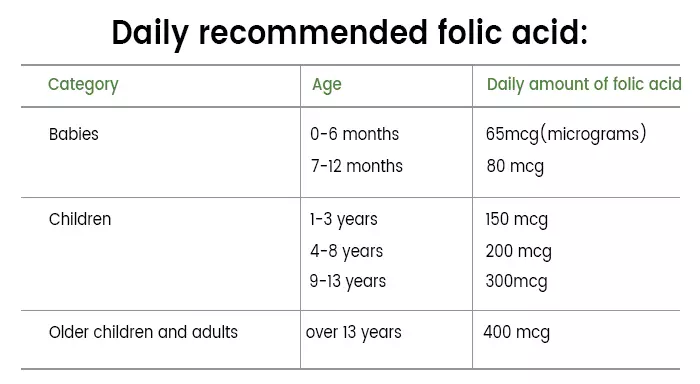
NOTE
If you have any health issues or are on medication, talk to your doctor. You might need more folate than usual (35).
It is important to make sure you are getting enough folate because not getting enough of it can pose several health problems that can impact your physical and mental health. Scroll down to know more about them.
Potential Health Risks Of Folic Acid Deficiency
A lack of folic acid can cause a number of health issues, especially ones that impact the body’s ability to produce new cells and perform daily tasks. Folic acid deficiency during pregnancy raises the possibility of neural tube abnormalities, such as spina bifida, in the growing fetus. Megaloblastic anemia can also result from deficiency and cause fatigue, weakness, and trouble concentrating (36). In addition, low levels of folic acid are associated with a higher risk of cardiovascular disorders because they raise homocysteine levels, which in turn affects heart health. Long-term deficiencies can also weaken the immune system and accelerate the aging process of the brain.
In general, one must know the amount of folic acid (s)he must consume. Which we have already seen. But how about the dosage when someone is suffering from a specific health condition?
Which is what we are now going to look at.
Folic Acid Dosage For Specific Health Conditions
The dosages mentioned below are based on expert opinions, scientific research and studies, and publications. We have mentioned the health condition, the stipulated dosage, and the results the vitamin has produced.
| Health Condition | Dosage | Results |
| Anemia, caused by folate deficiency | 1-5 milligrams taken orally | Positive |
| Bipolar disorder | 200 IU taken orally daily for 52 weeks (for patients stabilized on lithium) | Positive |
| Cancer (general) | 0.2-40 milligrams taken orally daily for 3-8 years | Mixed |
| Colorectal cancer | 0.5-5 milligrams taken orally daily for 3-8 years | Mixed |
| Chronic kidney disease | 2-15 milligrams taken orally daily, or thrice in a week, for 1-3.6 years | Positive |
| Depression | 0.5-3 milligrams taken orally for 3-52 weeks | Positive |
| Diabetes | 5 milligrams taken orally for 1-6 months | Positive |
| Folate deficiency | 250-1,000 micrograms taken orally daily; in the case of severe folate deficiency, 1-5 milligrams taken orally daily until blood levels are corrected | Positive |
| Fragile X syndrome | 10-250 milligrams taken orally daily for 2-8 months | Neutral |
| Heart disease | 0.8-40 milligrams taken orally daily for 3-88 months | Positive |
| High homocysteine levels | 0.2-5 milligrams taken orally daily for 21-168 days | Positive |
| High blood pressure | 5-10 milligrams taken orally daily for 2-16 weeks | Positive |
| Methotrexate toxicity | 1.2-5 milligrams taken orally daily or weekly for 12 weeks | Positive |
| Prevention of birth defects | 0.36-5 milligrams taken orally daily | Positive |
| Prevention of pregnancy complications | 0.25-5 milligrams taken orally daily for 12-24 weeks | Positive |
| Stroke | 0.5-40 milligrams taken orally daily for 6-88 months | Positive |
| Vein clots | 5 milligrams taken orally daily during pregnancy | Positive |
| Vitiligo | 5 milligrams taken orally twice daily | Positive |
| Gum overgrowth caused by phenytoin | Applied to the gum | Positive |
| Pregnancy-related gum disease | Applied to the gum | Positive |
Folic acid has also been used for general health maintenance in children. The dosage was 0.005-15 milligrams, taken orally daily for 2 weeks to 18 months. The results were mixed.
The results and values seen above, as already discussed, are based on expert opinions, research, and other publications. However, we strongly recommend you to not simply go by what they say. Consult with your doctor regarding the usage or dosage of folic acid for any specific health condition you might be suffering from. The same condition might be different for different individuals, and a doctor’s advice is indispensable.
The wide range of folic acid benefits allows you to incorporate it into your daily routine, through food or medical supplements. It plays a crucial role throughout your body. Folic acid is also claimed to be good for boosting hair growth. Learn more about this in the next section.
Folic Acid Foods For Hair Growth
Folic acid, a B-vitamin, plays a vital role in cell division and helps promote hair growth. It supports the production of DNA and RNA, which is essential for healthy hair follicles. Adequate folic acid intake can improve your hair health, reducing the risk of hair loss and supporting stronger, thicker hair growth (37). Consuming foods like leafy green vegetables, spinach, kale, and broccoli is great for this purpose. Legumes such as lentils, chickpeas, and black beans are also rich in this vitamin. Additionally, citrus fruits like oranges and avocados also contain significant amounts of folic acid. So, add these foods to your diet to support healthy, strong, and shiny hair.
Some individuals cannot meet the daily requirements of folic acid from their diet, so supplements are prescribed to them. Let’s take a closer look at natural folate supplements!
Natural Folate Supplements
Touching the point we discussed in the very beginning (if you can remember), yes, folate in its natural form is always the best. But when there is a deficiency, supplements have their own role to play. They cater to the emergency.
A few important pointers to keep in mind if you are using folic acid supplements:
- If you had ever had an allergic reaction to folic acid, you should not use the supplements.
- Before taking the supplement, let your doctor know if you have kidney disease, an infection, a type of anemia not diagnosed by a doctor (but confirmed by lab tests), or if you are an alcoholic.
Folic acid supplementation has its own benefits and risks. The benefits it has for pregnancy are enormous. But beyond pregnancy is where the speculation arises (37).
A cross-sectional study was conducted on 1285 Polish women of childbearing age to assess the effectiveness of folic acid supplementation. As per the results, only 13.9% of women understood the importance of folic acid supplementation, and 65.3% of them took them daily. A total of 91.1% of the respondents were not aware of its safe dosage, and 43% did not know what benefit it does to the human body.
Infographic: 9 Foods Rich In Folic Acid
Folic acid is a form of vitamin B9, which helps fight anemia, promotes new cell formation, and may help prevent cancer. The good news is that you can consume foods rich in folic acid to meet your daily requirement. We have rounded up 9 easily-available foods rich in folic acid in the infographic below. Take a look!
Some thing wrong with infographic shortcode. please verify shortcode syntax
Folic acid, the synthetic form of folate (vitamin B9), is commonly used in supplements and food products like breakfast cereals. This micronutrient aids in metabolism and cell growth, so you cannot afford to compromise on its intake. The best way to get it is to consume foods high in folic acid, like broccoli, pinto beans, seeds and nuts, soybeans, avocados, tomatoes, chili powder, citrus fruits, and lentils. People aged 13 and above must take 400 mcg of folic acid daily. You can also take its supplements. However, consult a doctor before doing so to avoid certain adverse effects. whole grains and lentils. A few other foods that are known to be high in folic acid include squash, raspberries, blueberries, blackberries, kiwi, mango, pineapple, watermelon, cantaloupe and honeydew melon. People aged 13 and above must take 400 mcg of folic acid daily. You can also take its supplements. However, consult a doctor before doing so to avoid certain adverse effects.
Let us now look a few frequently asked questions.
Frequently Asked Questions
How much of folic acid is too much?
Though there is no upper limit for folate taken through foods, the upper limit for folic acid supplements is 1,000 mcg per day.
Why is folic acid important to health?
The human body uses folic acid to produce cells (that include the red blood cells). Folic acid has also shown to prevent up to 70 percent of birth defects involving the brain and spinal cord. Folic acid might also prevent certain types of cancer.
Does taking folic acid prevent all neural tube defects?
Yes, 70% of the time. But there are cases where neural tube defects could be caused due to reasons other than folic acid deficiency.
Which foods rich in folic acid are good for pregnancy?
Broccoli, peas, asparagus, Brussels sprouts, chickpeas, and brown rice.
What are the symptoms of low folic acid?
Low folate acid can cause anemia. Other common symptoms include fatigue, tongue swelling, exhaustion, growth issues, and mouth sores.
What causes low folic acid?
Multiple factors like a low dietary intake or use of excess heat while cooking may cause folic acid deficiency. Another significant contributor to this deficiency is alcoholism. A deficit in folate can also be brought on by dialysis, hemolytic anemia, and pregnancy (36).
Tell us how this post on high folic acid foods list has helped you. Do comment in the box below.
Illustration: Foods High In Folic Acid To Include In Your Diet

Image: Stable Diffusion/StyleCraze Design Team
Boost your folic acid intake naturally! Learn about the richest sources of Vitamin B9, including foods rich in folate. Discover the benefits of folic acid for your overall health and well-being with this video.
References
Articles on StyleCraze are backed by verified information from peer-reviewed and academic research papers, reputed organizations, research institutions, and medical associations to ensure accuracy and relevance. Read our editorial policy to learn more.
- Folate Metabolism and Requirements
https://www.sciencedirect.com/science/article/pii/S0022316623020126 - Folic acid handling by the human gut: implications for food fortification and supplementation
https://pubmed.ncbi.nlm.nih.gov/24944062/ - Folic acid metabolism in human subjects revisited: potential implications for proposed mandatory folic acid fortification in the UK
https://pubmed.ncbi.nlm.nih.gov/17617936/ - Bioavailability of carotenoids and tocopherols from broccoli: in vivo and in vitro assessment
https://pubmed.ncbi.nlm.nih.gov/17138760/ - Vitamin K in the treatment and prevention of osteoporosis and arterial calcification
https://pubmed.ncbi.nlm.nih.gov/16030366/ - Potassium and health
https://pubmed.ncbi.nlm.nih.gov/23674806/ - Flax and flaxseed oil: an ancient medicine & modern functional food
https://pmc.ncbi.nlm.nih.gov/articles/PMC4152533/ - The Role of Vitamin E in Human Health and Some Diseases
https://pmc.ncbi.nlm.nih.gov/articles/PMC3997530/ - Dietary Iron
https://www.ncbi.nlm.nih.gov/books/NBK540969/ - Riboflavin
https://lpi.oregonstate.edu/mic/vitamins/riboflavin - A Review of the Rationale for Additional Therapeutic Interventions to Attain Lower LDL-C When Statin Therapy Is Not Enough
https://pmc.ncbi.nlm.nih.gov/articles/PMC3252497/ - NFRP
https://fundedresearch.cancer.gov/ - Role of natural herbs in the treatment of hypertension
https://pmc.ncbi.nlm.nih.gov/articles/PMC3210006/ - Hass Avocado Composition and Potential Health Effects
https://pmc.ncbi.nlm.nih.gov/articles/PMC3664913/ - Soy Protein
https://pmc.ncbi.nlm.nih.gov/articles/PMC1595159/ - Health benefits of banana (Musa)- A review study
https://www.researchgate.net/publication/352793672_Health_benefits_of_banana_Musa-_A_review_study#:~:text=Banana%20Quantity - Enhancing the Health-Promoting Effects of Tomato Fruit for Biofortified Food
https://pmc.ncbi.nlm.nih.gov/articles/PMC3972926/ - Capsaicin may have important potential for promoting vascular and metabolic health
https://pmc.ncbi.nlm.nih.gov/articles/PMC4477151/ - Therapeutic application of Carica papaya leaf extract in the management of human diseases
https://pmc.ncbi.nlm.nih.gov/articles/PMC7704890/ - Citrus fruits as a treasure trove of active natural metabolites that potentially provide benefits for human health
https://pmc.ncbi.nlm.nih.gov/articles/PMC4690266/ - Health Benefits of Fruits and Vegetables
https://pmc.ncbi.nlm.nih.gov/articles/PMC3649719/ - The Contribution of Fortified Ready-to-Eat Cereal to Vitamin and Mineral Intake in the U.S. Population NHANES 2007–2010
https://pmc.ncbi.nlm.nih.gov/articles/PMC4488767/ - Effect of Dietary Pulses on Blood Pressure: A Systematic Review and Meta-analysis of Controlled Feeding Trials
https://pmc.ncbi.nlm.nih.gov/articles/PMC5391775/ - Nutritional and anti-nutritional properties of lentil (Lens culinaris) protein isolates prepared by pilot-scale processing
https://pmc.ncbi.nlm.nih.gov/articles/PMC8039371/ - Abelmoschus esculentus (L.): Bioactive Components’ Beneficial Properties—Focused on Antidiabetic Role—For Sustainable Health Applications
https://pmc.ncbi.nlm.nih.gov/articles/PMC6337517/ - Evaluation of Fatty Acid and Amino Acid Compositions in Okra (Abelmoschus esculentus) Grown in Different Geographical Locations
https://pmc.ncbi.nlm.nih.gov/articles/PMC3793589/ - Influence of Cooking Methods on Bioactive Compound Content and Antioxidant Activity of Brussels Sprouts
https://pmc.ncbi.nlm.nih.gov/articles/PMC5758100/ - Cauliflower
https://files.udc.edu/docs/causes/online/cauliflowersm.pdf - The Potential Benefits of Red Beetroot Supplementation in Health and Disease
https://pmc.ncbi.nlm.nih.gov/articles/PMC4425174/ - Manganese absorption in humans: the effect of phytic acid and ascorbic acid in soy formula
https://pubmed.ncbi.nlm.nih.gov/7572746/ - Dietary magnesium intake is inversely associated with mortality in adults at high cardiovascular disease risk
https://pubmed.ncbi.nlm.nih.gov/24259558/ - Cardiovascular disease from copper deficiency–a history
https://pubmed.ncbi.nlm.nih.gov/10721936/ - Zinc: an essential but elusive nutrient
https://pubmed.ncbi.nlm.nih.gov/21715515/ - Chemical composition functional properties and processing of carrot—a review
https://pmc.ncbi.nlm.nih.gov/articles/PMC3550877/ - Get Enough Folic Acid
https://odphp.health.gov/myhealthfinder/topics/everyday-healthy-living/nutrition/get-enough-folic-acid - Folic Acid Deficiency
https://www.ncbi.nlm.nih.gov/books/NBK535377/ - The Role of Vitamins and Minerals in Hair Loss: A Review
https://pmc.ncbi.nlm.nih.gov/articles/PMC6380979/
Read full bio of Dr. Timothy M. Marshall
Read full bio of Ravi Teja Tadimalla
Read full bio of Arshiya Syeda
Read full bio of Aparna Mallampalli






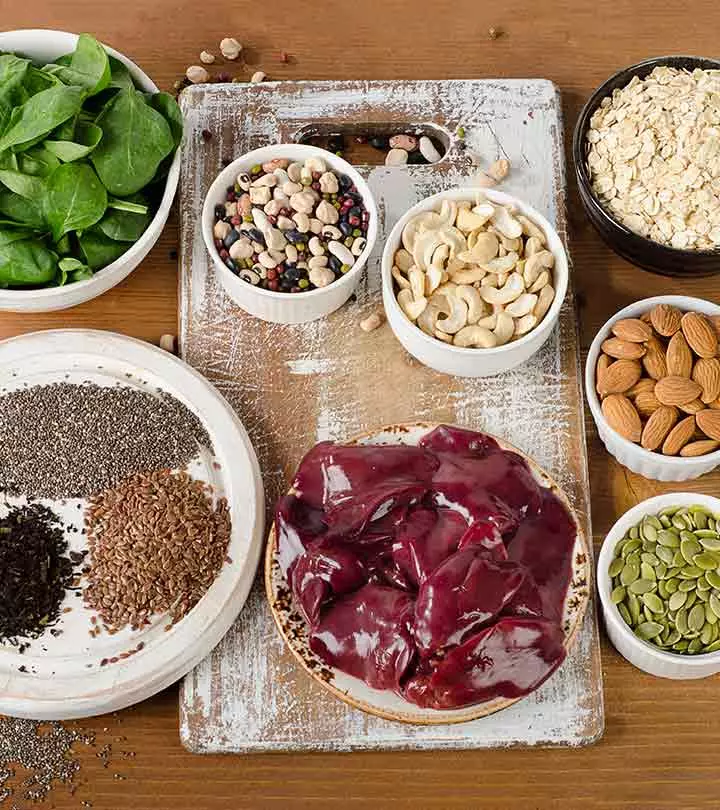
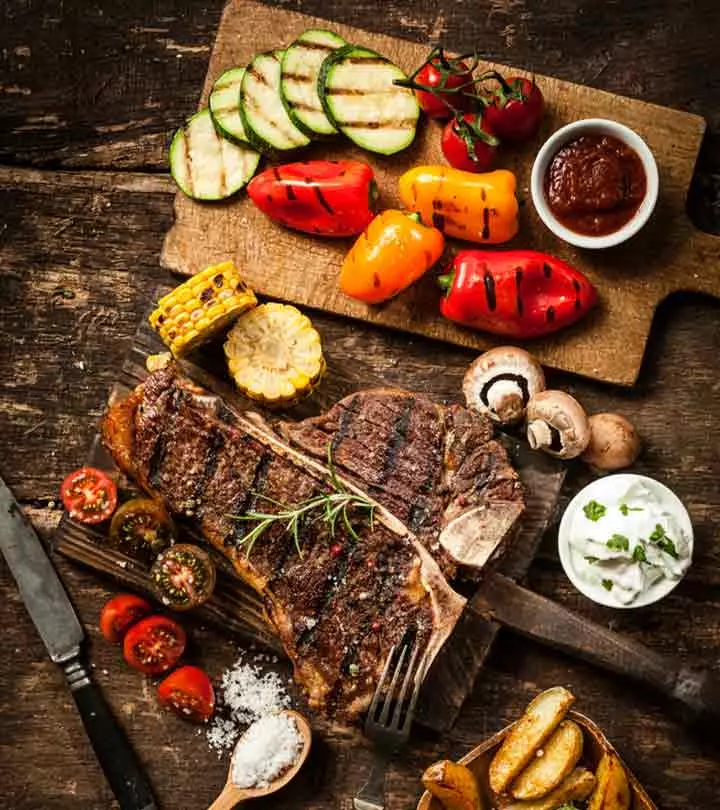
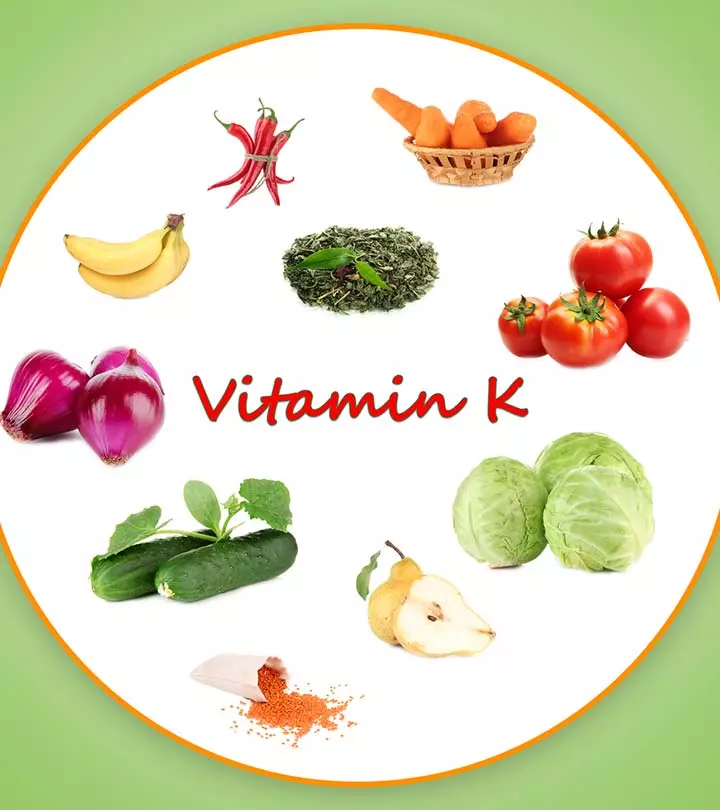
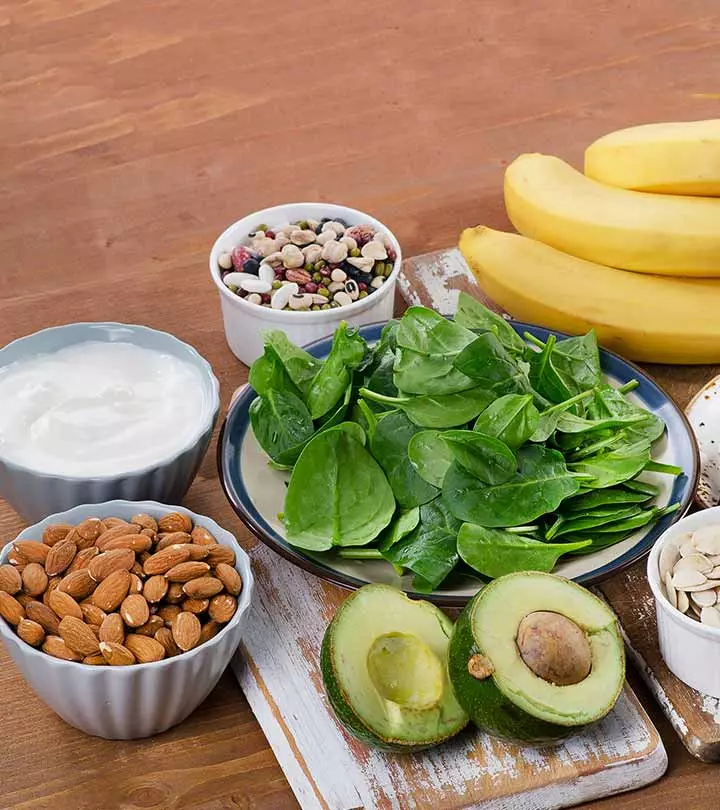
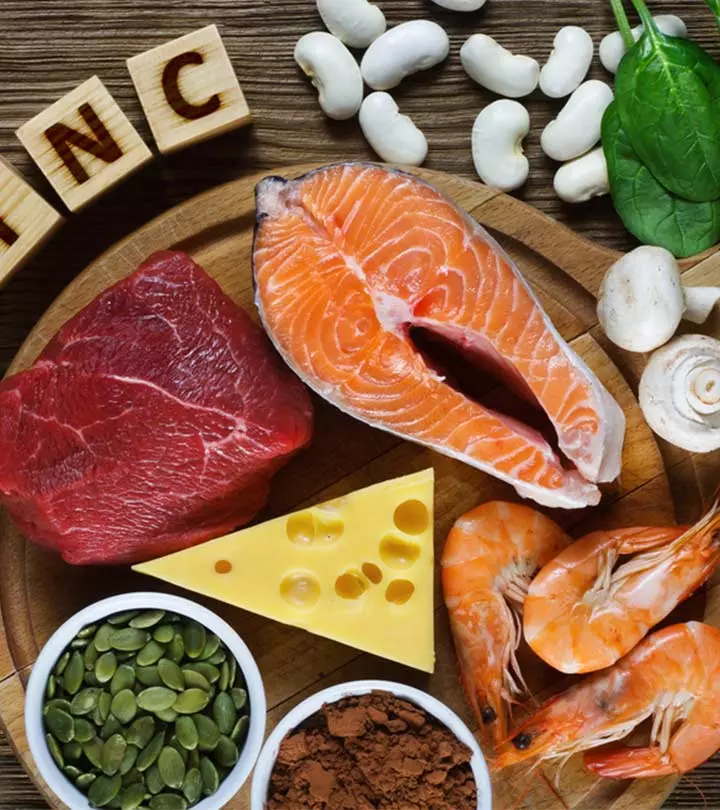

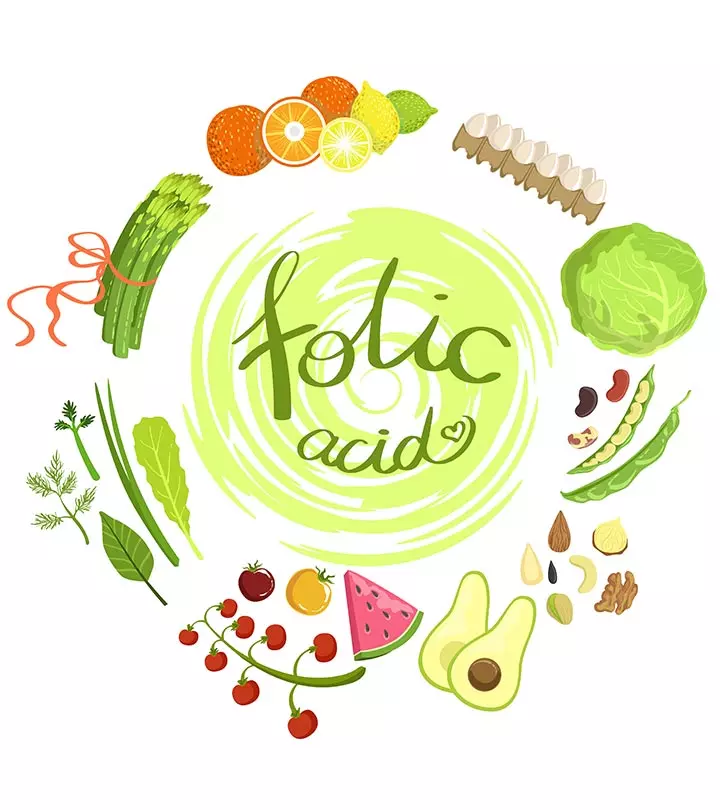
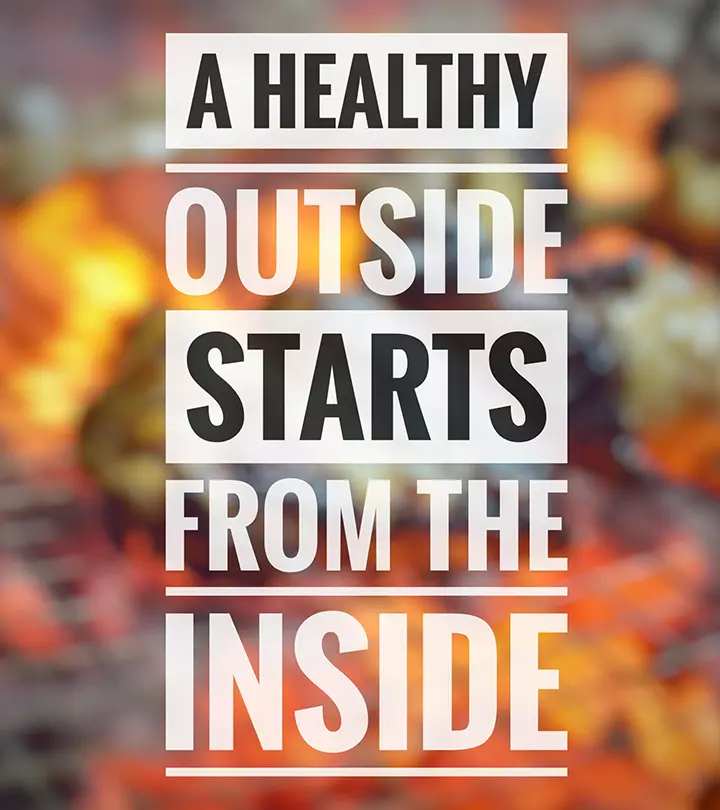
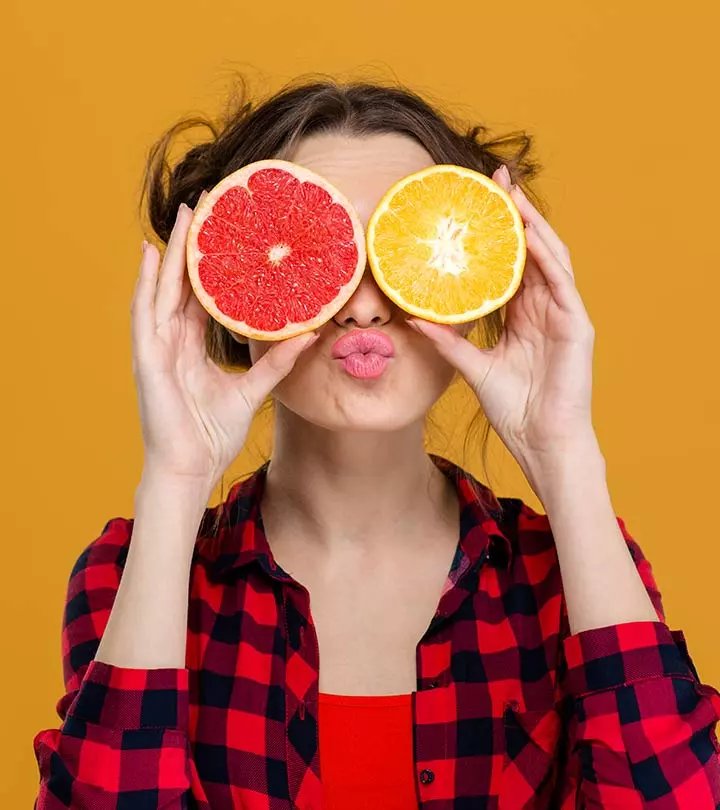
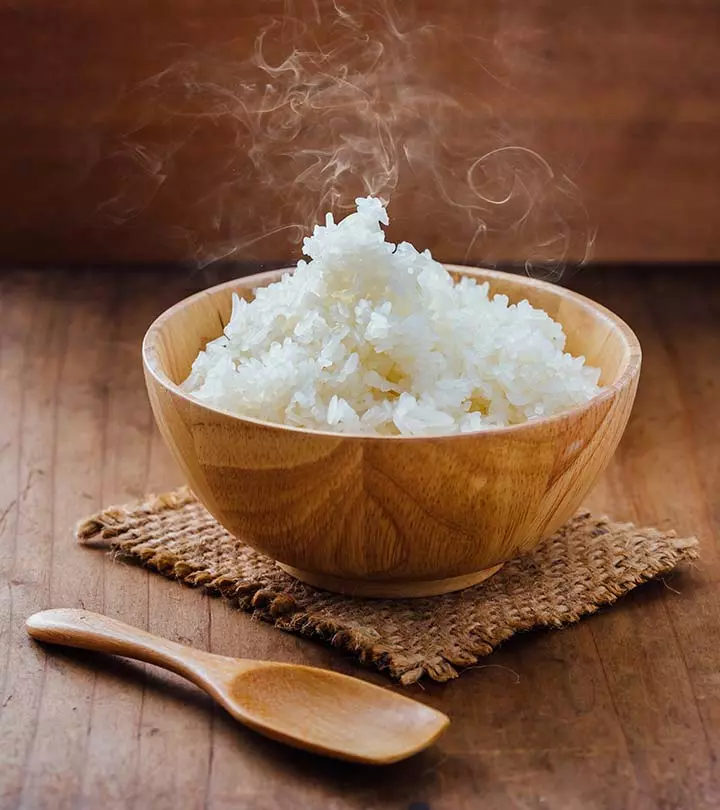
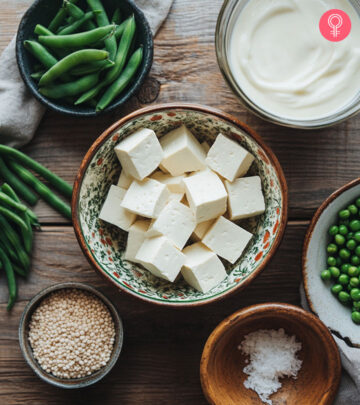
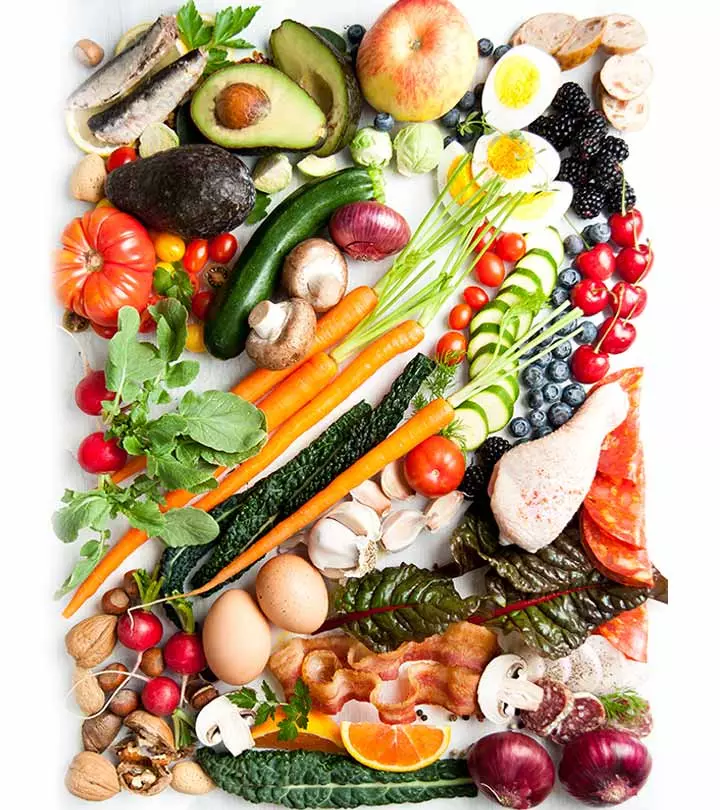
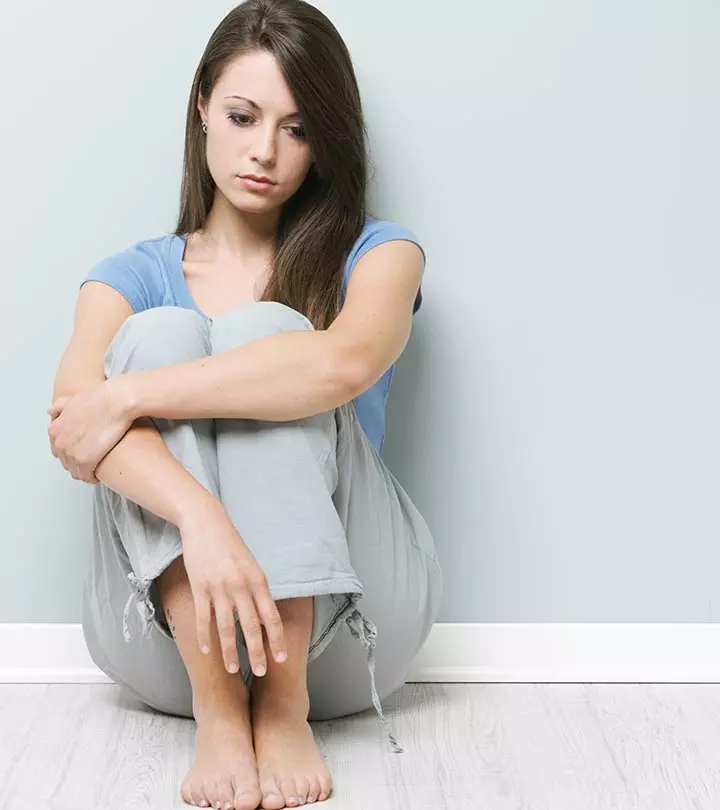


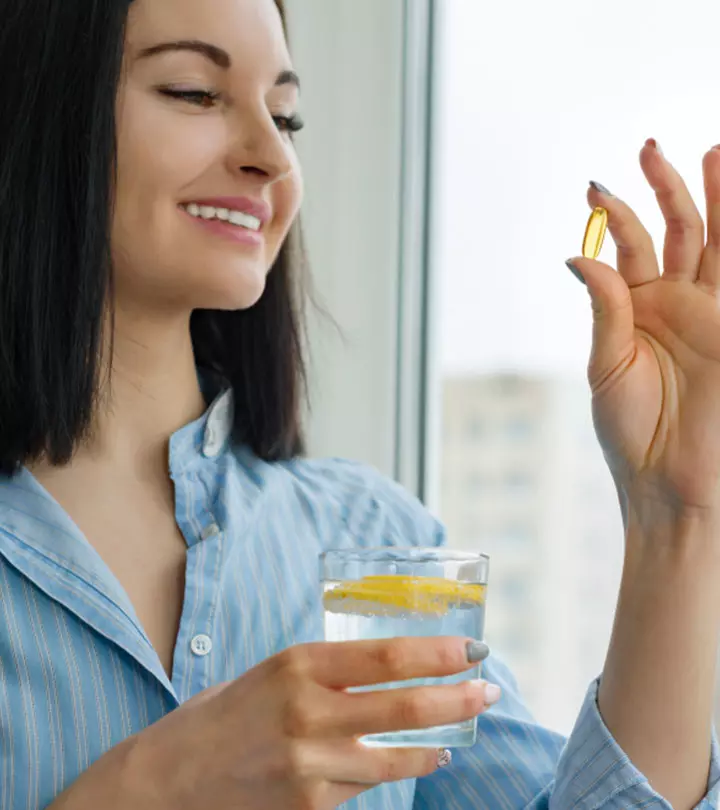
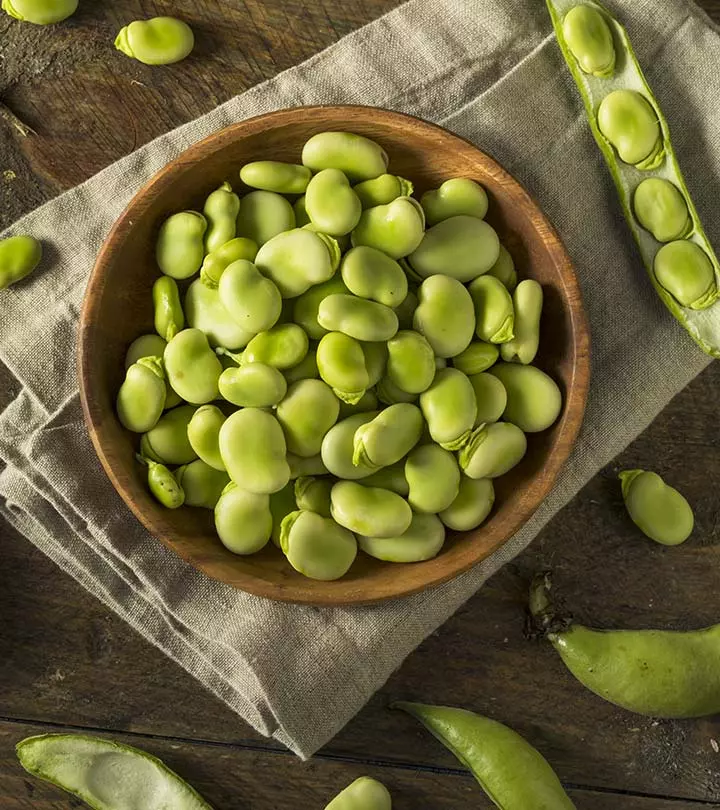

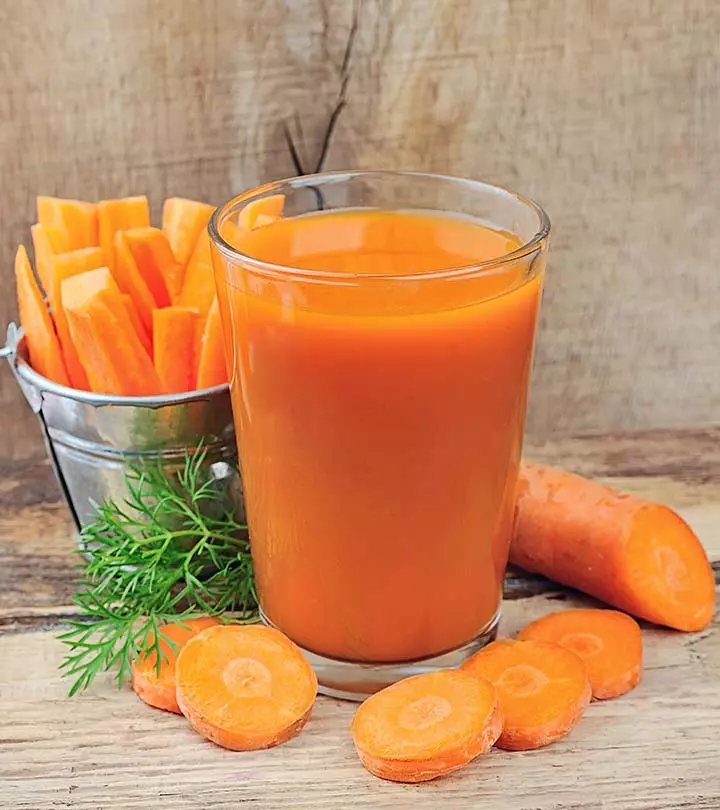
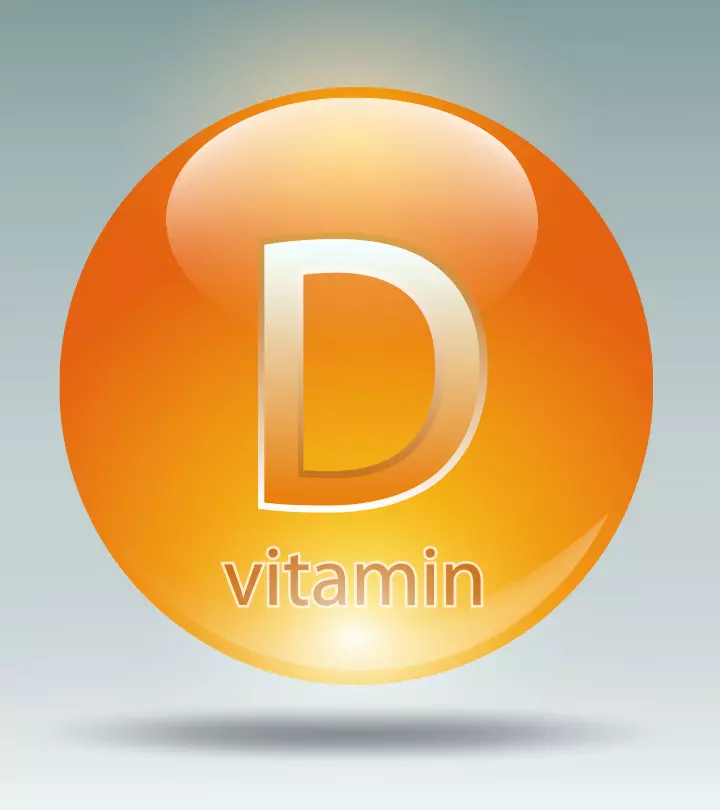
Community Experiences
Join the conversation and become a part of our empowering community! Share your stories, experiences, and insights to connect with other beauty, lifestyle, and health enthusiasts.